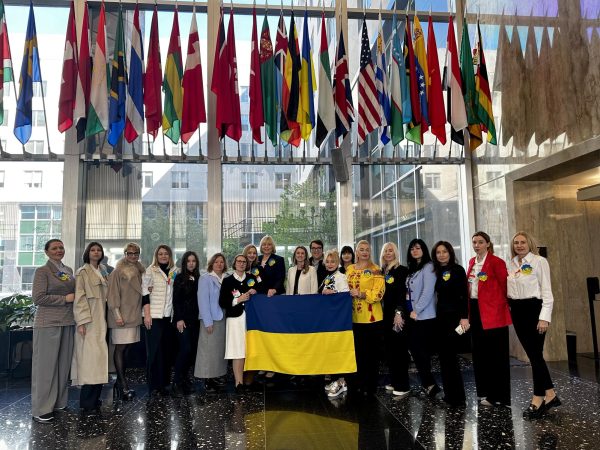The Doomsday Clock: 90 Seconds Away From Catastrophe
February 7, 2023
On January 24th, the Doomsday Clock was set to 90 seconds till midnight—revealing how close humanity truly is to destroying our planet.
The clock, created by the Bulletin of the Atomic Scientists, a group of individuals who worked on the formation of the WWII atomic bomb, was set to the closest it has ever been to midnight. Since the publication of the clock in 1947, its time has been updated 24 times.
The clock created talk in 2020 when it was set to 100 seconds, the first time the clock went down to seconds rather than minutes. Now in 2023, it is 10 seconds closer than it has been for the past three years.
The scientists behind the clock use it to alert humanity about threats within our own society. Rachel Bronson, president and CEO of the Bulletin, states that “when the clock hits midnight, it means there’s been some sort of nuclear exchange or catastrophic climate change that’s wiped out humanity.”
The Bulletin says the move closer to midnight is the result of not only Russia’s invasion of Ukraine, but nuclear war, disease, and climate change. Bronson stated that the “US government, its NATO allies and Ukraine have a multitude of channels for dialogue” and that her and other members of the Bulletin “urge leaders to explore all of them to their fullest ability to turn back the Clock.”
Activists are not only using this clock to just warn normal individuals—but political leaders across the globe.
Mary Robinson, the first women President of Ireland and member of the Chair of Elders, an independent group of leaders that work towards human rights and climate activism, stated that the “the science is clear, but the political will is lacking” and that leaders across the world need a “crisis mindset.”
However, Bronson says there are ways we can set back the clock in our day-to-day lives. “We at the Bulletin believe that because humans created these threats, we can reduce them,” Bronson stated. Everyday activities that can be altered to be climate friendly include reducing food waste, recycling, and using environment friendly transportation.



























